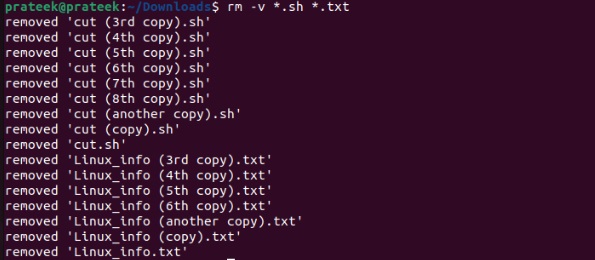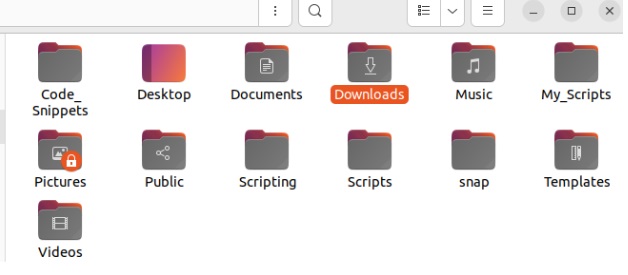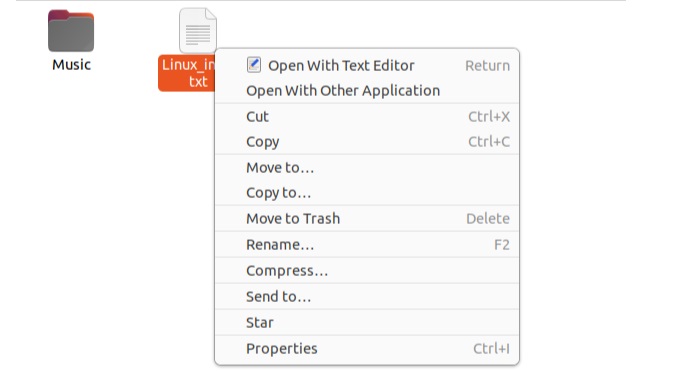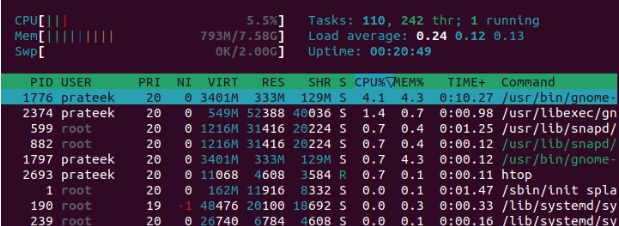All UNIX-based os, including Linux, adhere to the structure that “whatever is a data.” These systems treat all the regular data, directories, processes, symbolic links, and tools like external hardware as documents. You can develop, change, and delete documents using the commands or from the Documents Manager.
Deleting data is crucial when you accidentally develop numerous data that come to be unneeded for the system. So, in this fast blog site, we will certainly explain quick methods to erase a documents in Linux without any problem. There are a few techniques of erasing the files, so let’s check out them individually with the proper examples.
The rm Command
You can make use of the rm command to delete the data from the incurable. For instance, you want to erase the “filename.txt” situated in the Downloads directory site, so initially run the listed below command to open the directory in the terminal:
Then, utilize the adhering to command:

The rm command does not present any type of output, however you can make use of the -v alternative to get the output:


If you wish to delete numerous data from the existing directory, you can state all those data in a solitary rm command. For instance, to remove three files– documents 1 txt, documents 2 txt, file 3 txt, please run the below command:
rm file 1 txt documents 2 txt file 3 txt


In case you intend to erase all the files with the exact same expansion, after that you can run the following command:


As the above image programs, we have actually erased all the.txt files from the Downloads directory site. Furthermore, you can make use of several expansions in a solitary command to erase different kinds of files at the same time. For example, let’s remove all the documents having the.txt and the.sh extensions:


In a similar way, you can clear a directory by only including the * in the rm command:


Remember, the above command deletes all documents except the directory sites. Hence, if there is a subdirectory, then the terminal will certainly show the list below output:


Nevertheless, you can use the -r alternative with the rm command to erase the subdirectories. The -r choice recursively erases the directory site in addition to its contents:
![]()
![]()
In instance you want to get the confirmation before deleting the data, please make use of the -i option.


When you run the command, the system will certainly show a confirmation punctual, so all you have to do is press Y to delete or N to decline it.
From the File Manager
We advise deleting the data from the Documents Supervisor if you are a Linux beginner. So first open up the Data Manager and find the directory site:


Now select the data and right-click it to get the context menu.


Finally, click the Move to Trash option or press Delete button.
A Quick Wrap-up
Linux has numerous commands and techniques to remove a file quickly. Nonetheless, individuals have to understand how to delete data to maintain an orderly system and marginal storage usage. This quick tutorial described two ways of doing so. Initially, we talked about exactly how the rm command works, then described quickly the detailed process of removing files utilizing the GUI.

